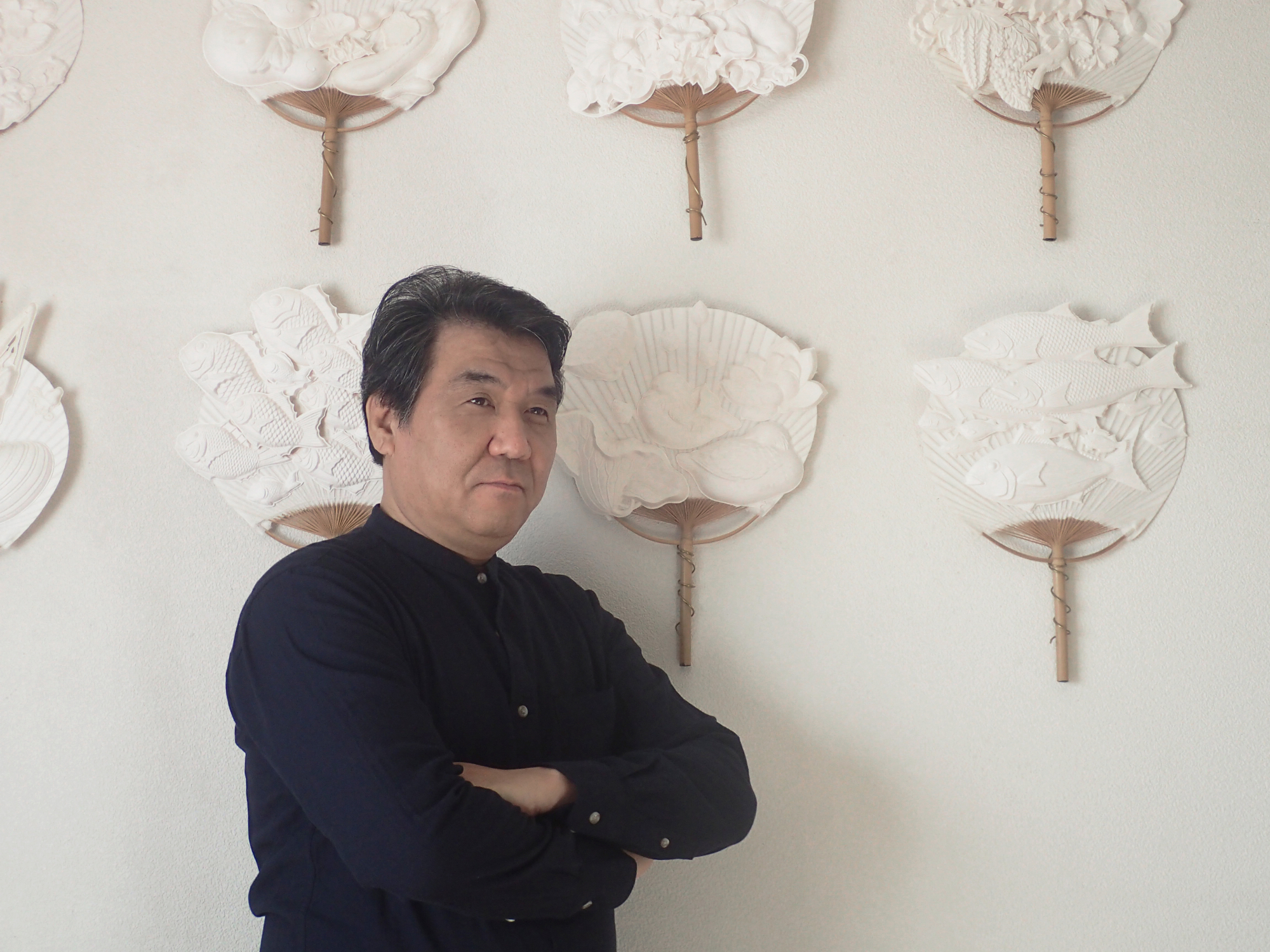Osaka-born artist Tetsuya Nagata has found a unique way to breathe new life into two time-honored crafts of Japan — washi (Japanese paper) and wagashi (Japanese sweets).
By pressing Nishinouchi washi into carved wooden molds that were originally used for shaping sugar, he creates delicate sculptural works that celebrate tradition with a contemporary flair. Nishinouchi paper, handmade using the best mulberry bark, is now a designated intangible asset, while the molds, shaped as propitious symbols including treasure boats, animals, fruits and seasonal flowers, were once used by wagashi artisans to create decorative "sugar art" for festive occasions such as weddings.
Having collected more than 2,000 molds, Nagata creates assemblages of artwork — fantastic groupings of sea breams, peonies, chrysanthemums, deities and more. His creations have won him acclaim, leading him to exhibit at numerous establishments, including Ozu Washi Gallery, Nagano Prefectural Shinano Art Museum, Chiba Prefectural Museum and the Kabukiza Theater. If you have been inside the elevators of the Andaz Tokyo Toranomon Hills Hotel or to the Japanese sweet shop Kugenuma Shimizu in Ginza Six, you may have also seen his works, which add a modern and quintessentially Japanese accent to these spaces.



